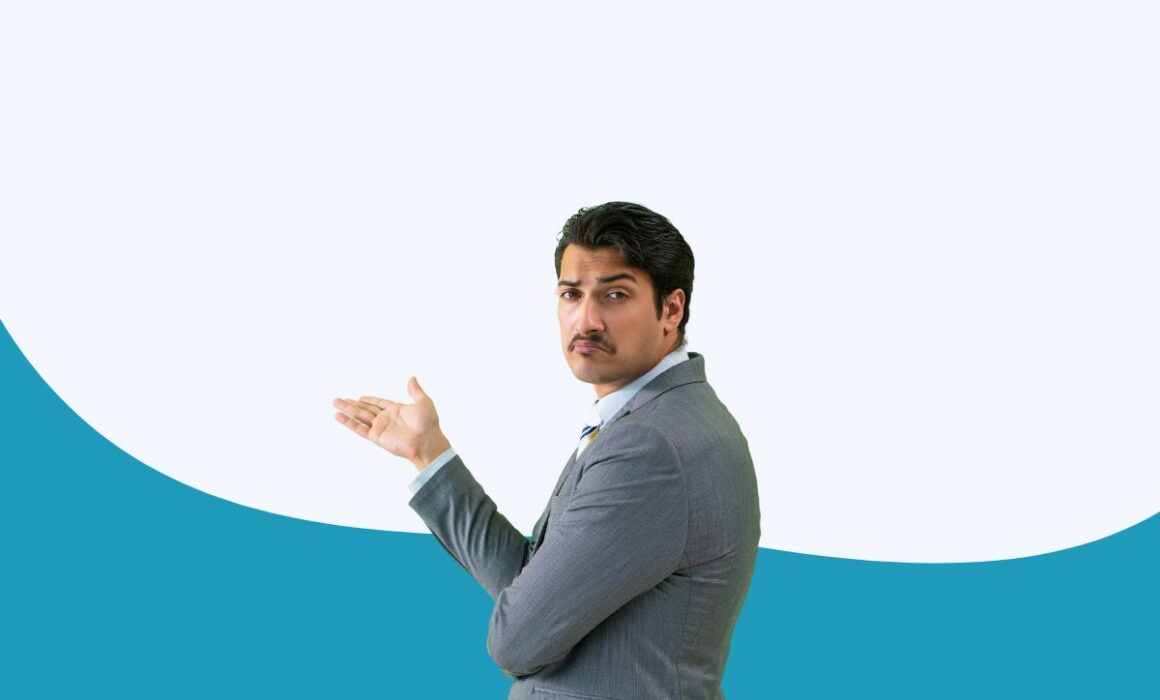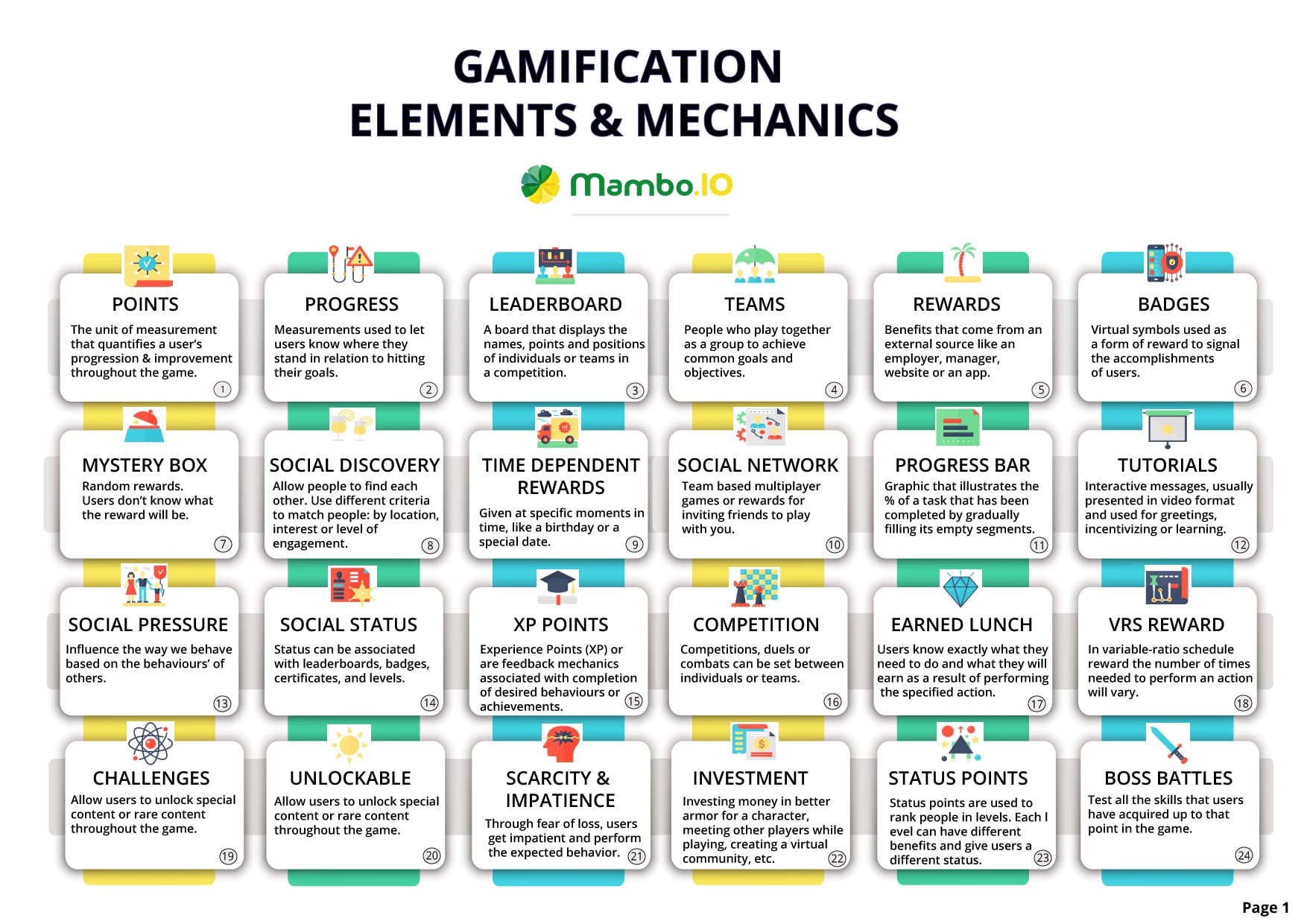What Is The CIRCLES Method In Product Management?
The CIRCLES method is one of the most brilliant and effective ways to solve product design challenges. Businesses nowadays are expected to step up their game, as 66% of customers expect companies to understand their pain points. With this in mind, product managers or those aspiring to be one must know how to create successful products.
Fortunately, there’s a framework available to aid them in such pivotal moments. This article explores everything you need to know about the CIRCLES Method. We’ll tackle all fundamentals, from definitions to their importance. Additionally, we’ll throw in some key concepts that will further your understanding of the framework.
You may be a product manager looking for a refresher on the topic. Or perhaps you’re aspiring to be one and preparing for an interview. Regardless of your current situation, this blog will be instrumental to your success. Let’s get started!
Table of Contents
- What is the CIRCLES method?
- What is the importance of using the CIRCLES method?
- Key concepts to understand before using the CIRCLES method
- CIRCLES method: a step-by-step guide
- Benefits of using the CIRCLES method
- Wrapping Up
- Machine Learning In Finance: 12 Essential Applications
- How To Create Interactive Compliance Training For Bank Employees
- How Fintech Apps Are Using Gamification To Increase User Engagement
- Top Gamification Companies for Employee & Customer Engagement
What is the CIRCLES method?
The CIRCLES method is a framework designed to provide a thoughtful yet critical response to product design questions. Lewis C. Lin created it to help professionals ace their product manager interviews and get hired by esteemed companies. The CIRCLES framework is mentioned in his book Decode and Conquer, and offers a structure for solving design scenarios comprehensively.
The term CIRCLES stands for:
- Clarify the situation
- Identify the customer
- Report the customer’s needs
- Cut, through prioritization
- List solutions
- Evaluate tradeoffs
- Summarise recommendations
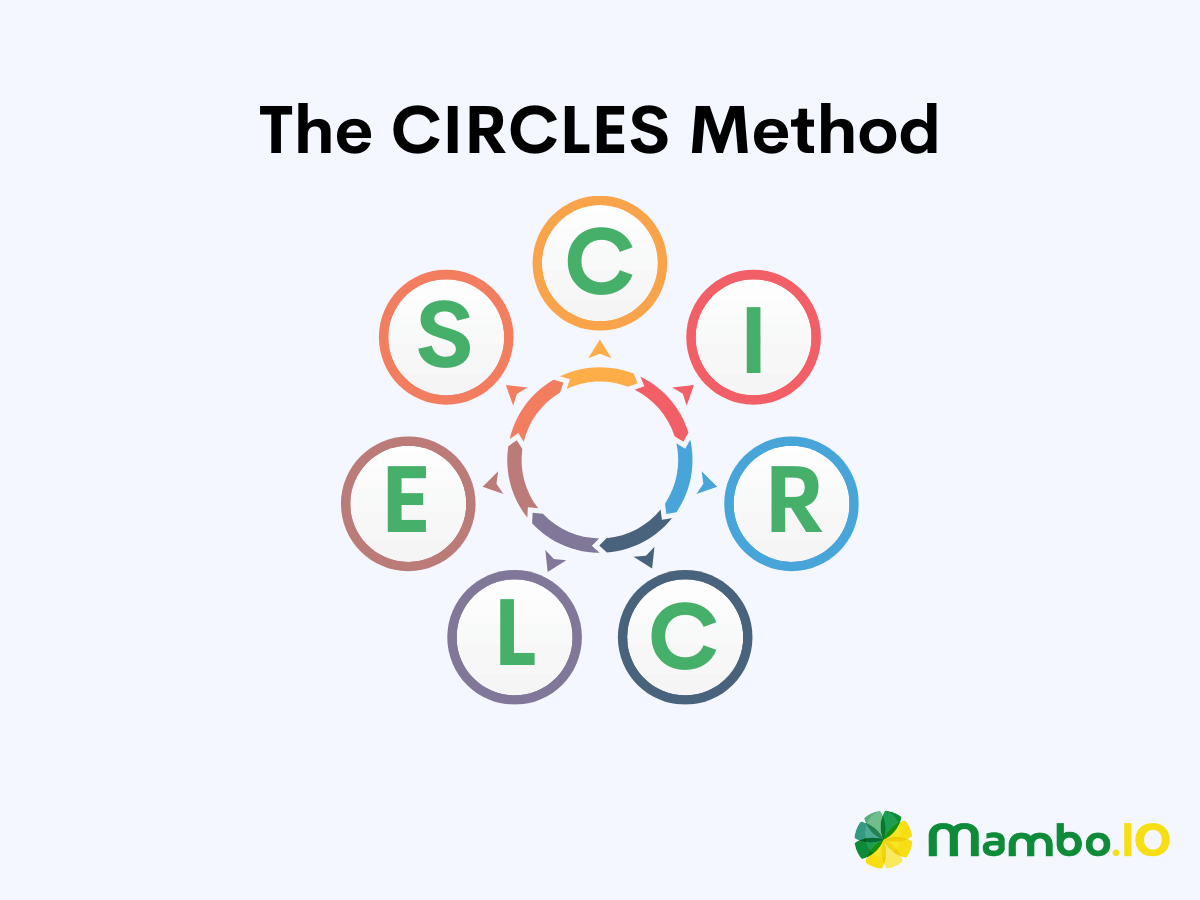
CIRCLES method as a mental aid for product managers
Think of the CIRCLES method as a mental aid for answering product design questions in the most eloquent way possible. It’s also important to note that companies love asking these types of questions to candidates. They do so to gauge their capacity to think critically about how they would develop a potential product.
Ultimately, the CIRCLES method encourages product managers (or aspiring to be one) to ask inquiries such as:
“What product would the customer like?”
“What features would the customer appreciate?”
“How will this solution make the customer’s life easier?”
What is the importance of using the CIRCLES method?
Effectively using the CIRCLES method can help product managers get hired from coveted companies like Google or Facebook. But unbeknownst to many, this guideline is quite useful in all product development and management areas. Here are some compelling reasons why.
#1. Promotes user-centric focus
The CIRCLES method defines the target users and the purpose behind building a product or feature. It keeps you centred on addressing what users want and need. Additionally, it allows them to develop a final product that aligns with the user’s expectations.
#2. A means to effective prioritization
Product managers can use the CIRCLES method to streamline their decision-making processes. With this framework, they can prioritize essential tasks such as product features and execution strategies, to name a few. This more efficient path prevents unnecessary delays and maximises the product’s value to users.
#3. Encourages thorough understanding
The initial steps of the CIRCLES method encourage you to ask pertinent questions to solve product design problems. It’s essential to do so because it allows them to understand the situation comprehensively. Clearly, this framework empowers them to think carefully before rushing into any solution.
#4. Cultivates open-mindedness
Sometimes, product managers are expected to think “outside the box”. Thanks to the sequential steps provided by the CIRCLES method, they can approach any design problem with an open mind. Additionally, it allows them to explore various possibilities that may lead to better outcomes.
Key concepts to understand before using the CIRCLES method
Before we jump into how the framework functions, you need to understand its core concepts first. Doing so will help you manage nailing questions about product design without getting side-tracked. We’ve transformed these concepts into helpful questions, so digesting them can be much easier.
#1. What is the problem that needs to be solved?
The product manager career path is constantly bombarded with problems that can get you distracted from your organisation’s business goals. By identifying the main problem, you can focus on the most critical agenda of the design problem. If you can clearly understand the situation, you can prioritize initiatives without getting preoccupied with other non-urgent tasks.
One great way to define the product problem is by creating a problem statement.
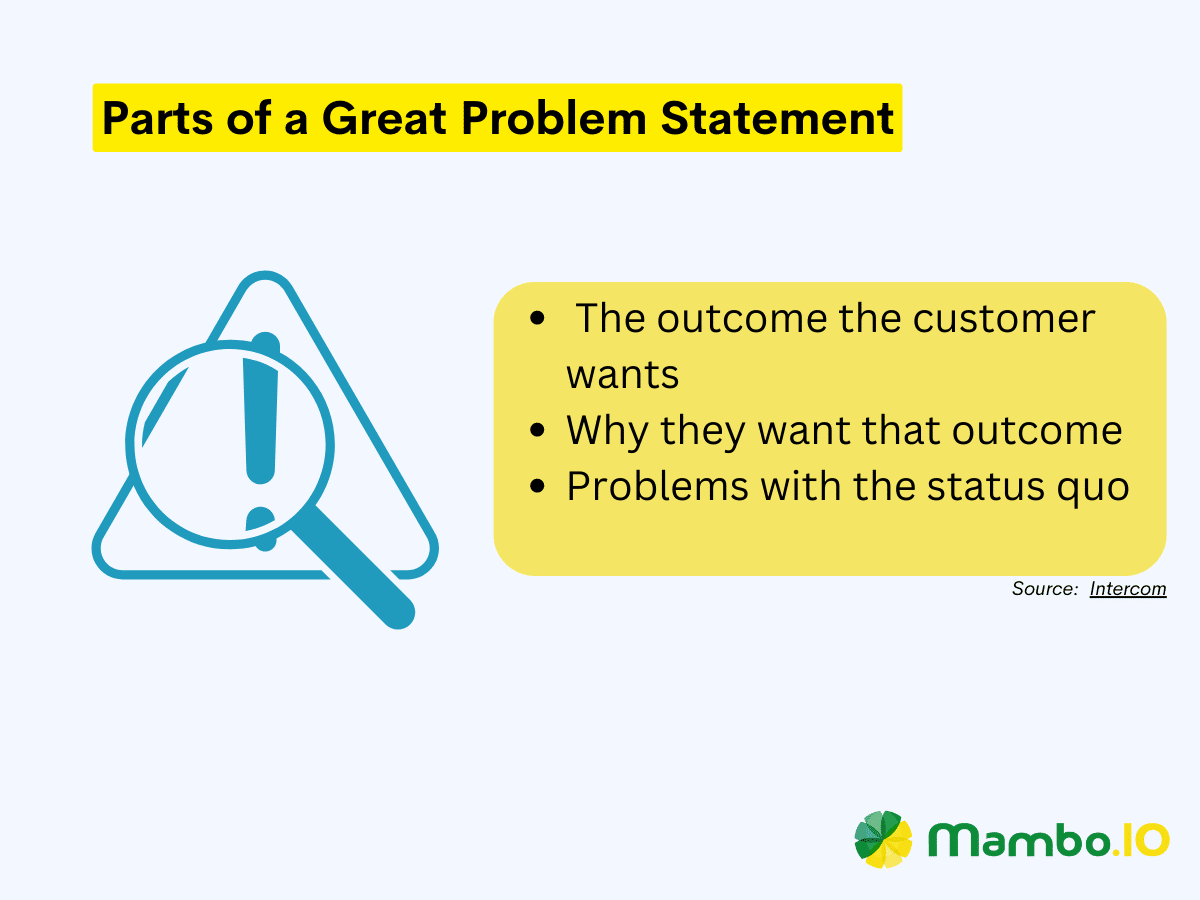
#2. Who are you designing the product for?
It’s always crucial for product managers to know who their target audiences are. This allows them to focus on providing features that solve their customer base’s pain points. You can’t just develop a solution without understanding your customers. If you do, you’ll only have a product that no one will buy!
As a product manager, you need to understand your customers like the back of your hand. You’ll need to know some of their key information, like demographics, interests, and pain points, to name a few. Once you can put yourself in your customer’s shoes, you can effectively design products that provide real value to them.
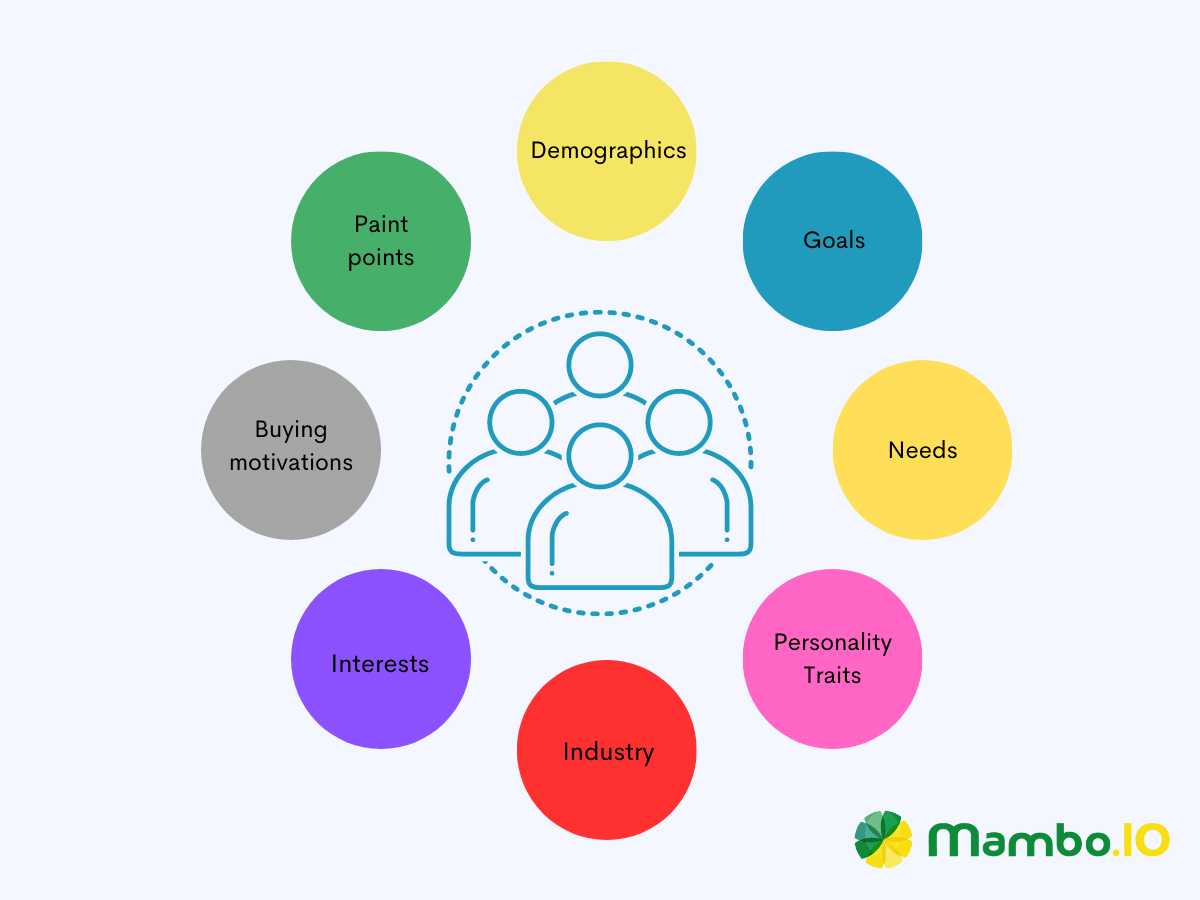
#3. Which task should you prioritize?
Product management involves tons of moving parts and problems that need fixing. However, only some problems are created equally, and only some require your urgent attention.
The CIRCLES method is a valuable tool that can help you set your priorities straight. It allows them to deal with mix-ups that need to be solved immediately and set aside other dilemmas for later.
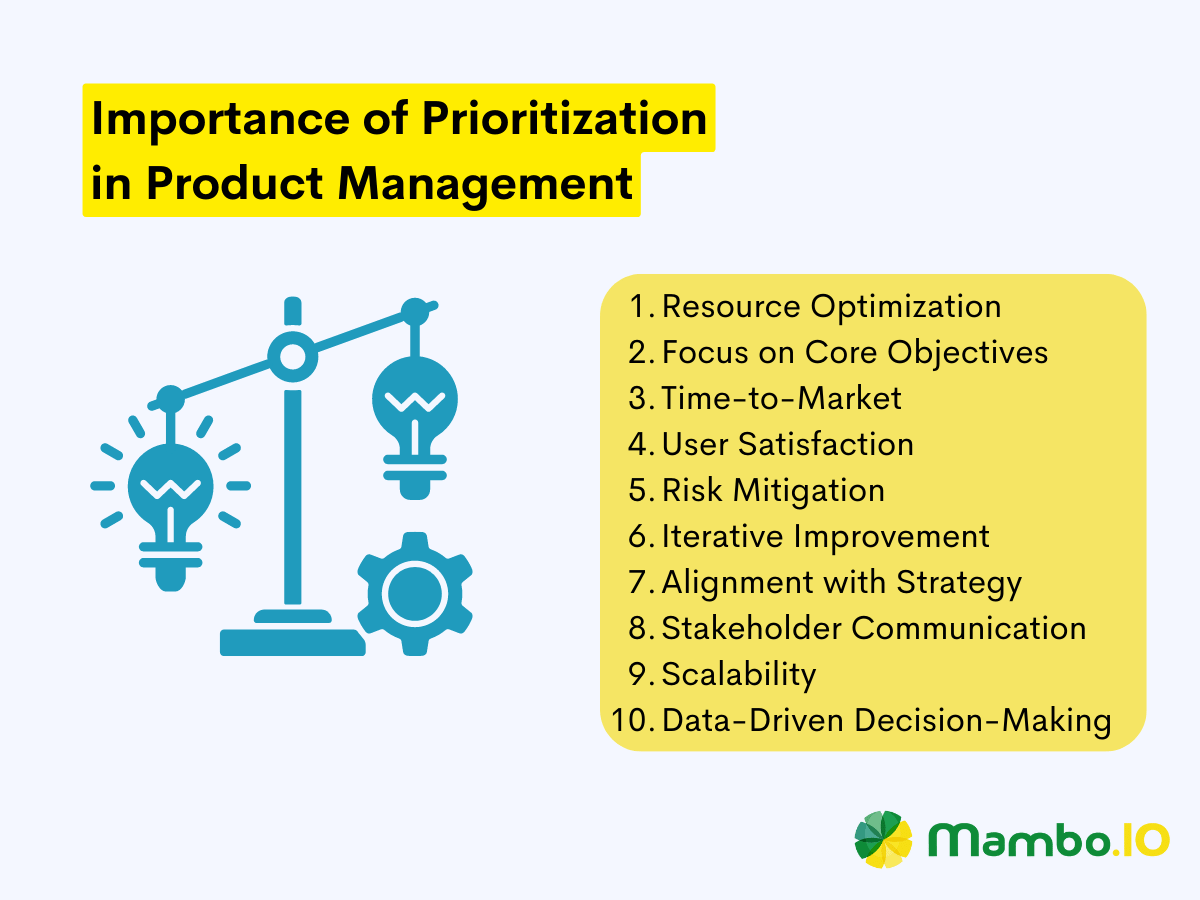
Understanding these concepts will give you a deeper grasp of each step within the CIRCLES method. By keeping these questions in your toolkit, you’ll easily navigate interviews and leave a lasting impression on your interviewers.
CIRCLES method: a step-by-step guide
You now have a deeper understanding and appreciation of this popular framework. It’s time for us to explore the seven steps comprising the CIRCLES method.
#1. Comprehend the situation
Before solving any product design problem, you’ll need to seek as much information as possible. You’ll need to put yourself in a scenario wherein you can better gauge the circumstance and develop plausible solutions. The “5 W’s and H” questions are your best friends in this scenario.
Let’s say the interviewer asks you: “How would you design a ride-hailing app like Uber?” If you want to respond to this dilemma aptly, you can ask the interviewer relevant questions, such as:
- Who are the customers who typically seek ride-hailing services the most?
- What inconveniences do our customers typically go through that push them to choose our services?
- Why are they looking for an alternative ride-hailing platform instead of just calling a cab?
- How will the app work?
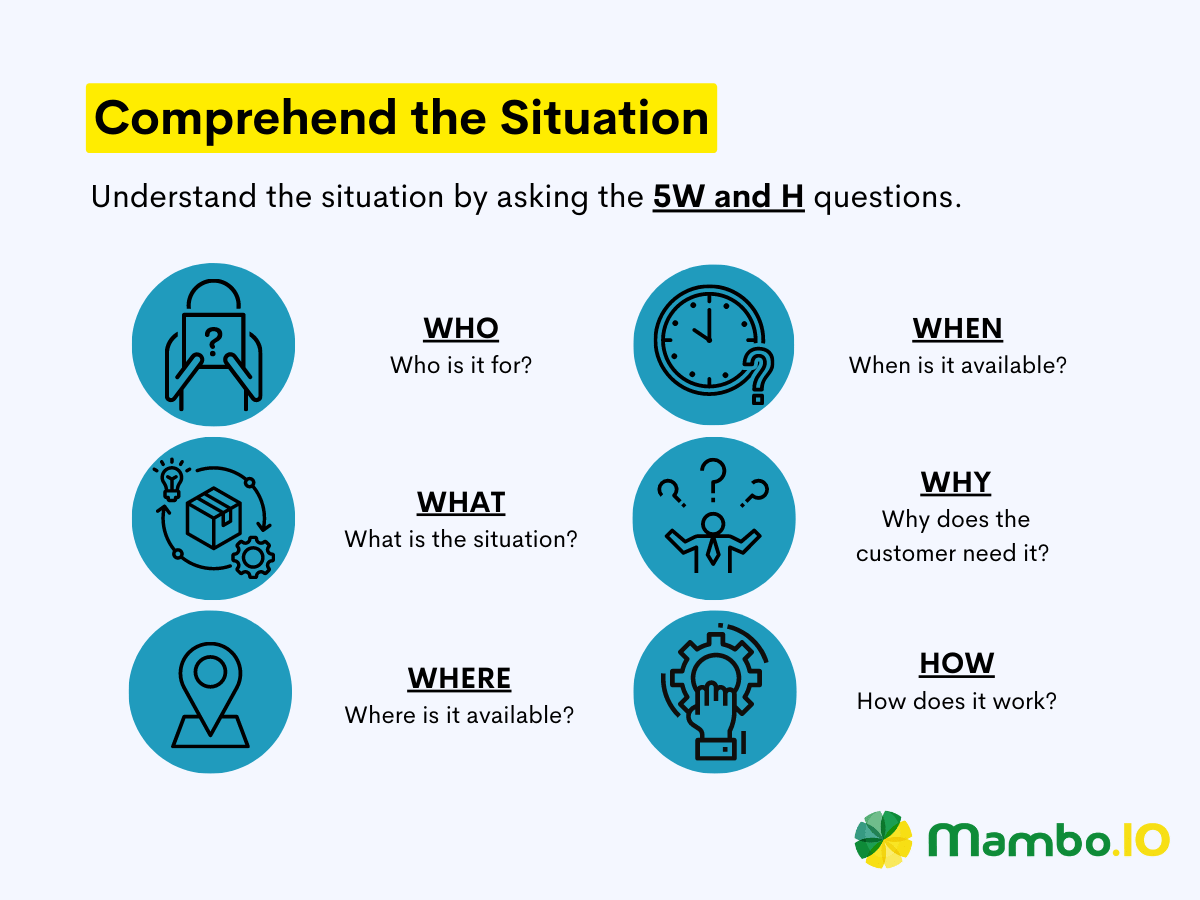
In most cases, the “who”, “what”, “why”, and “how” are the questions that typically matter most. It’s also important to note that you can make assumptions if your interviewer doesn’t provide details.
The whole point of this step is to comprehend the situation’s context, goals, and constraints. If you’re equipped with the right information, you’re one step closer to providing a convincing answer.
#2. Identify the customer
After shedding light on the problem, you can identify your target audience. Remember that your product can only cater to a specific group. With this in mind, you must determine your customer base before pitching your winning product.
You can’t offer a mediocre product if you’re in an interview. You’ll have to present a fantastic solution showcasing a straightforward solution your target audience will love. The best way to ensure customer satisfaction is by creating a persona of your typical customer.
Identifying the customers using personas
Clueless about where to start? You can begin this process by listing people potentially interested in your offerings. Create a profile representing your ideal customer and get into detail as much as possible. Here are some examples to give you better insight into what a persona is:
- Tech-savvy homeowners
- Pet owners
- High-crime area residents
- Travel enthusiasts
- Avid gym goers
And here’s an excellent example of what a customer persona should look like.
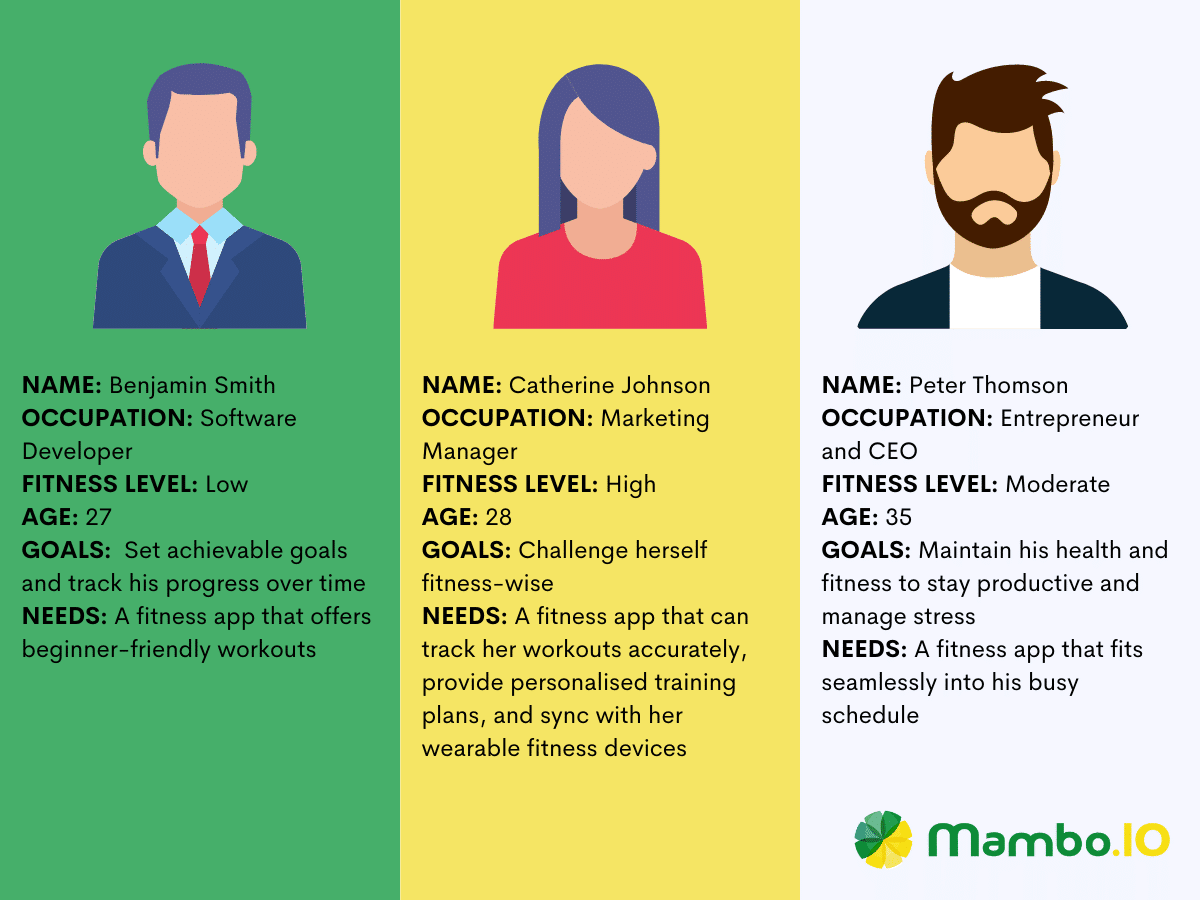
You can ideally create as many personas as possible. But if you’re in an interview, we recommend you stick to one persona only. Additionally, using a 2×2 matrix for your persona indicating the customer’s behaviour, demographics, user needs, and goals would emphasise your point.
#3. Report customer’s needs
Now that you’ve identified your customers, it’s time to report your customer’s needs. To avoid confusion, the term is often interchanged with terms like “user needs” and “use cases”. In short, you’ll need to convey what the customer would like to solve by using your product. The best way to do so is by using a format called the user story, like the one below:
As a [ROLE], I want to [ACTION] so that [DESIRED BENEFIT].
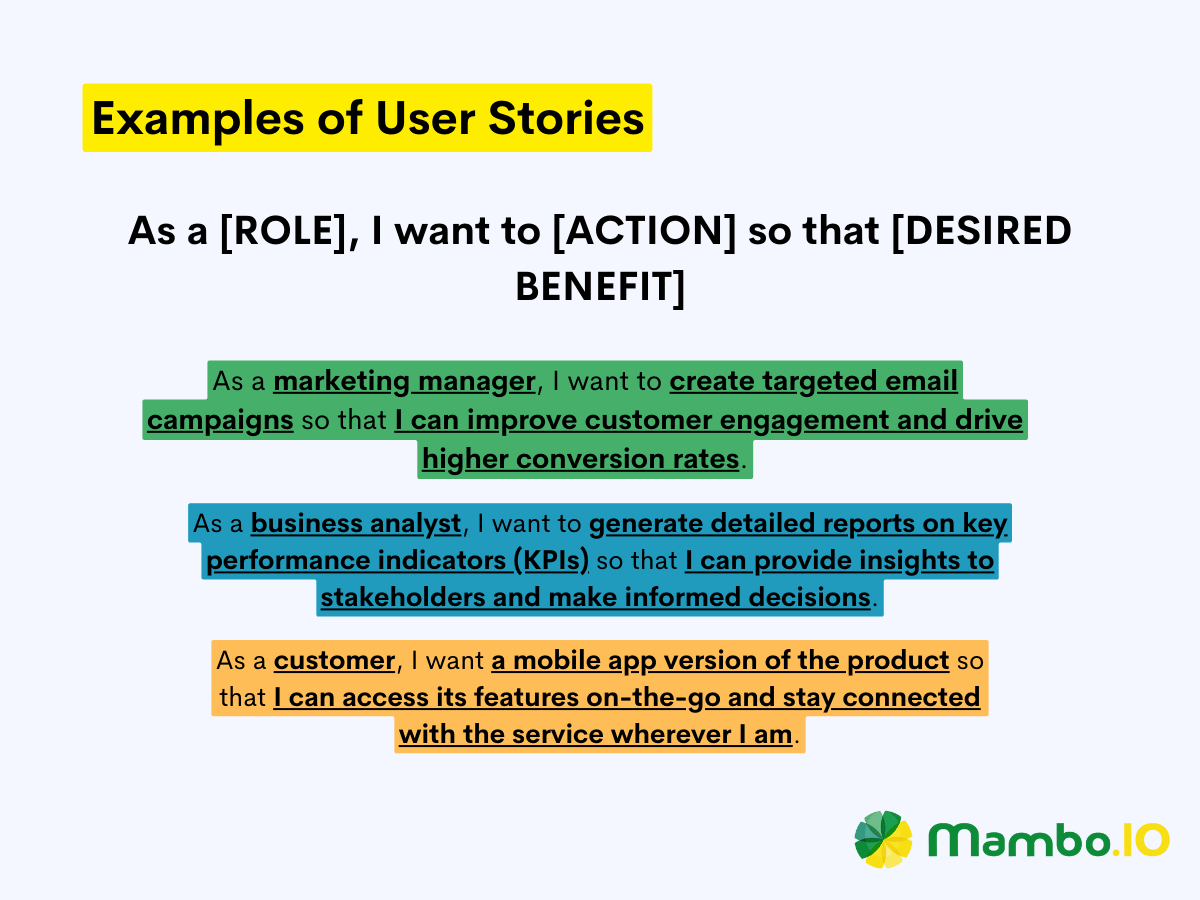
It’s important to remember that reporting the user needs often comes with documentation. It’s up to you to decide how long your product documentation will be. Some like it lengthy, containing detailed paragraphs, but others prefer keeping it short and sweet.
#4. Cut, through prioritization
The fourth step of the CIRCLES method will revolve around sifting through urgent and vital tasks for product development. Cut, through prioritization, means getting in the zone and immediately identifying the initiatives that require your full attention. With the help of this step, you can choose what features to work on first.
Product managers typically have their styles of prioritization. The easiest way to do so is to balance factors like cost of execution and user experience. These factors can help them pour their energies into delivering solutions that matter most to their users.
It’s important to know that there exist prioritization frameworks used by seasoned product managers. These frameworks offer valuable guidance in deciding which tasks and initiatives deserve attention and which can wait. But remember, interviews allow only a limited time for explanation. You can use the example below to demonstrate your prioritization skills, tradeoff assessment, and decision-making abilities.
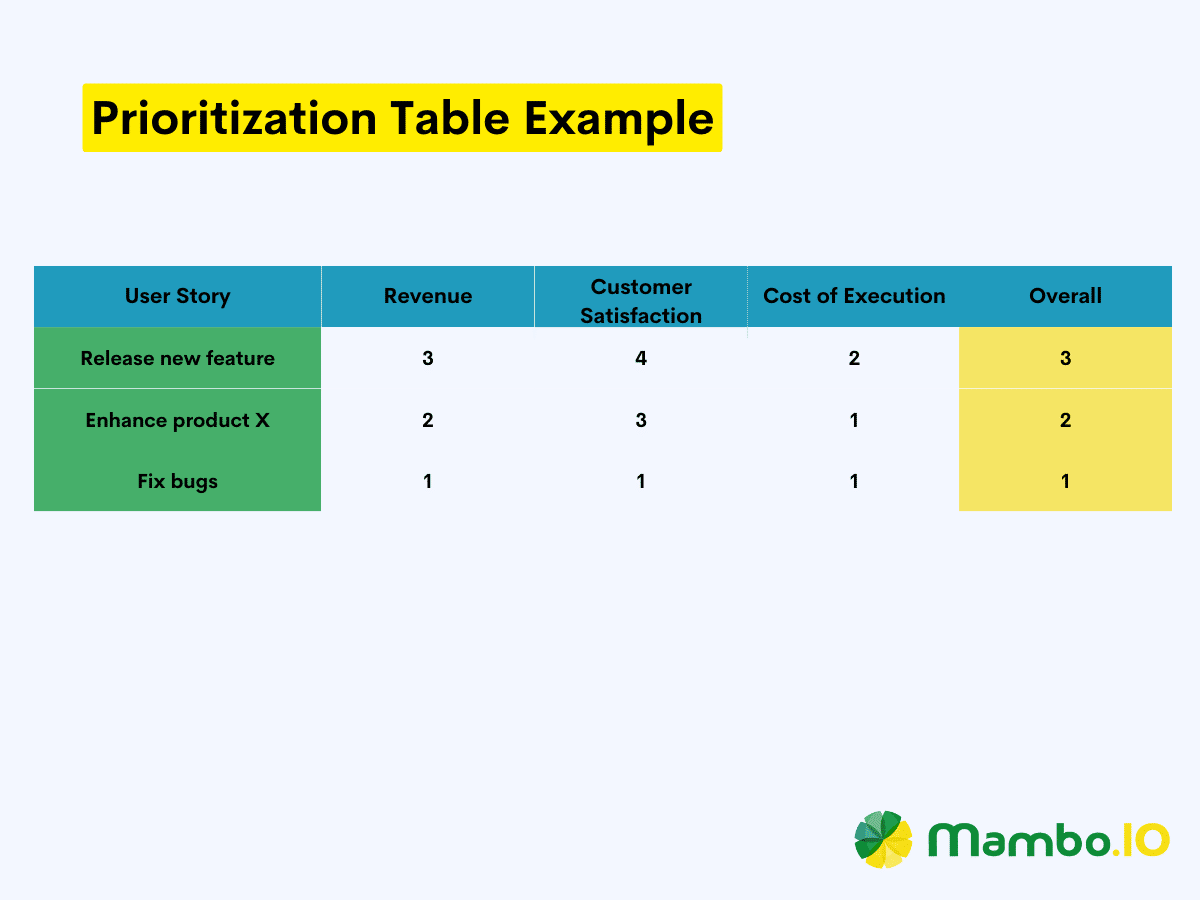
#5. List solutions
The “List Solutions” step emphasises generating potential solutions for product design problems. When used correctly, it can showcase your creativity, problem-solving skills, and ability to think critically about potential solutions. There are many ways to develop a list of solutions, typically involving the user stories you’ve made earlier.
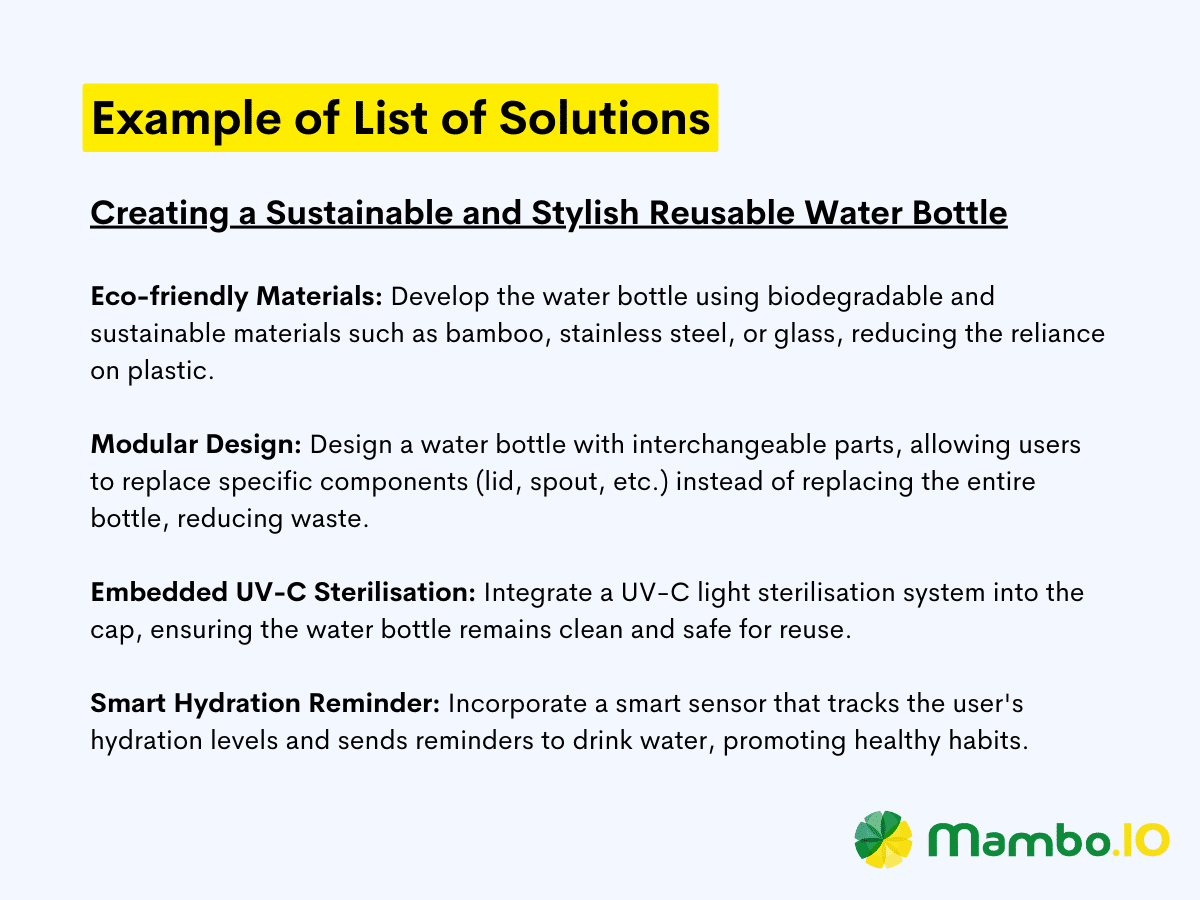
Below are some ways you can approach this step of the CIRCLES method.
- Brainstorming. Think outside the box and consider different angles. Your goal is to present a range of potential approaches, even if some may sound unconventional initially.
- Come up with diverse options. Provide a mix of solutions that cover the different aspects of the problem. These could include technology-based solutions, process improvements, customer-focused approaches, or other relevant ideas.
- Prioritize. You can also briefly prioritize your solutions based on essential factors such as feasibility, potential impact, and product alignment.
- Quantify impact. Try to quantify the potential impact of each solution. This could be cost savings, revenue growth, user engagement, or any other relevant metric.
- Highlight tradeoffs. If applicable, mention any tradeoffs associated with each solution. Doing so demonstrates your ability to consider the pros and cons of different options.
This step is not about finding the perfect solution but showcasing your ability to generate thought and creative ideas. Make the most of this opportunity to demonstrate your problem-solving prowess and strategic thinking. These skills are just some essential qualities top companies look for when hiring product managers.
#6. Evaluate Tradeoffs
Being a product manager involves dealing with constraints that will force you to compromise. This is one of the reasons why successful companies value product managers who can manage complex tradeoffs.
In this step, you’ll analyse the solutions you’ve listed earlier and consider the tradeoffs associated with each. You’ll delve into the benefits and drawbacks of each solution to pinpoint the optimal choice for accomplishing your current task. All of these are done objectively to ensure you arrive at the most plausible conclusion possible.

PRO TIP: You may get defensive during interviews when your interviewer criticises your evaluation. Do your best to remain calm, take their criticisms as constructive, and explain yourself respectively and articulately. More importantly, prepare to receive criticisms by practising critiquing yourself.
#7. Summarise recommendation
The final step of the CIRCLES method requires you to summarise all the recommendations you’ve made earlier. You’ll pull together the insights, solutions, and tradeoffs you discussed and present them clearly and compellingly.
This pivotal stage represents your ultimate opportunity to showcase your adeptness in problem-solving and strategic thinking. Remember, your ultimate objective is to make a memorable impact on the interviewer and, ultimately, secure the position. Moreover, you must provide a concise overview of your problem-solving process and conclusions.
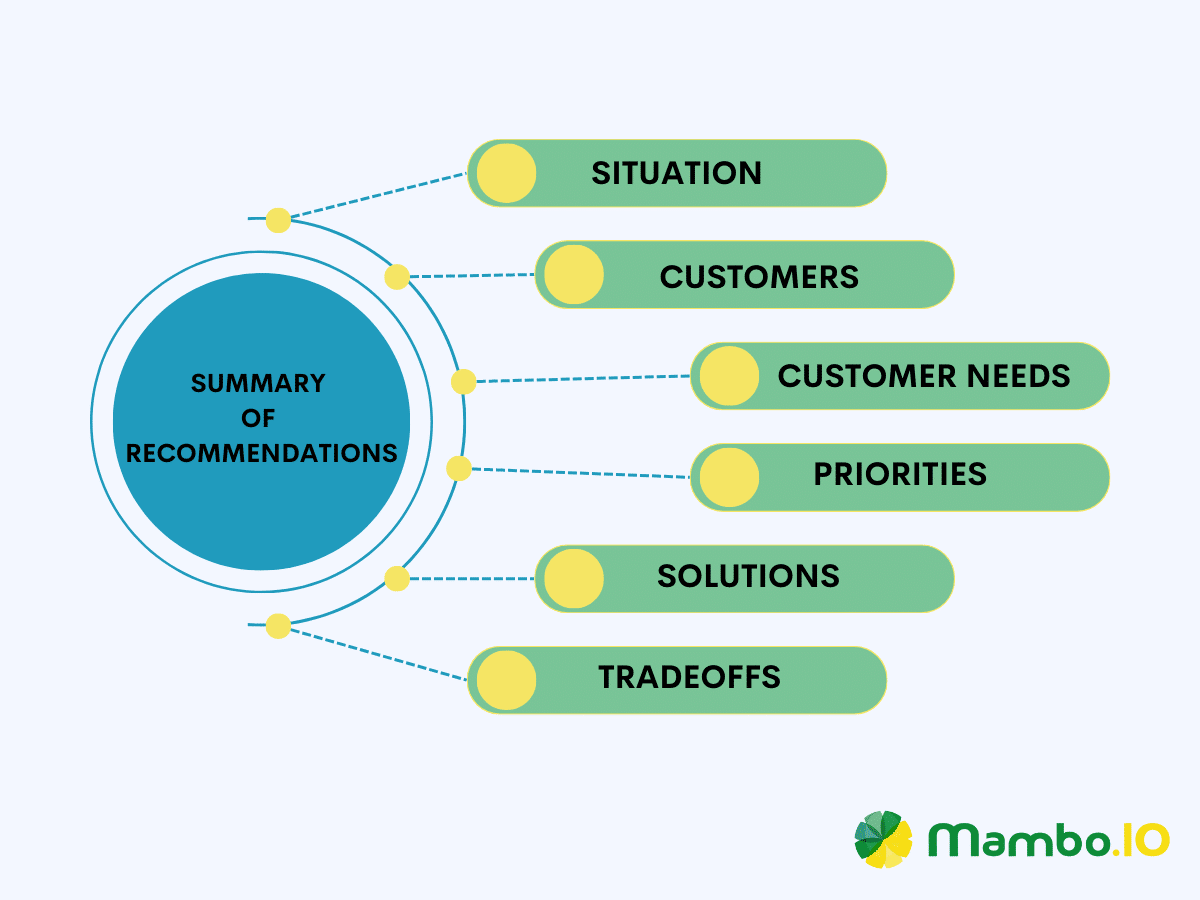
Here’s a straightforward three-step method to effectively summarise your recommendations:
- Clearly state your recommended product or feature.
- Provide a concise overview of its benefits for users and/or the company.
- Explain the reasons behind your preference for this solution over alternatives.
Benefits of using the CIRCLES method
Lewis C. Lin has made a gigantic contribution to the world of product management, all thanks to his CIRCLES method. This framework has been instrumental in hiring some of the best product managers in positions today. More importantly, it provides unique benefits that many professionals and businesses in the industry still enjoy today.
Here are some of the notable benefits of using the CIRCLES method.
#1. Structured approach
The CIRCLES method provides a step-by-step structure that helps break down problems into manageable components.
#2. Holistic perspective
Each step of this method gives a holistic approach that helps product managers understand the product design problem and develop well-rounded solutions.
#3. Systematic problem-solving
Some candidates freeze up when asked pertinent questions about product design. The CIRCLES method can provide a systematic problem-solving approach that can help them avoid such situations.
#4. Skill demonstration
Using this method is a great way to showcase the necessary skills to get hired. Skills like customer empathy, critical thinking, tradeoff analysis, and effective communication are invaluable in this field.
#5. Consistency
The consistency offered by the CIRCLES framework makes it easier to replicate problem-solving approaches, whether for interview questions or real-life design problems.
#6. Time efficiency
The structured nature of this method helps you manage and make the most of the time available during interviews.
#7. Clarity in communication
By following the CIRCLES method, you can articulate your ideas more effectively. Doing so makes it easier for interviewers to follow your reasoning.
#8. Confidence building
Knowing that you have a tried-and-tested tool to answer any product design question makes interviews much less nerve-wracking. Consequently, the CIRCLES method can boost your confidence during interviews.
#9. Applicability to real-world situations
The CIRCLES method’s problem-solving principles apply to theoretical and real-world challenges.
#10. Adaptability
While the steps in this method are outlined in a specific order, you can fine-tune them to suit different scenarios. This level of adaptability ensures you can modify your approach to fit specific contexts.
Wrapping Up
Here at Mambo.io, we fully understand that getting hired as a product manager is easier said than done. Interviewers will put you against product design challenges that will test your skills and mettle. Fortunately, the CIRCLES method is here to help aspiring product managers stay on track and ace interviews. This framework is also helpful for current product managers, as it helps them keep their focus on the users they’re working on the product for.
Download your free
“108 Gamification Elements and Mechanics”
Get your cheat sheet and have a quick reference at your fingertips!
Latest Posts
Machine Learning In Finance: 12 Essential Applications
The impact of machine learning on finance is significant. Thanks to this technology, financial institutions are now equipped to make efficient decisions. Through the analysis of data sets, machine learning […]
How To Create Interactive Compliance Training For Bank Employees
Banking compliance training isn’t just another task. It’s the stage where everything else performs. Banks must navigate a myriad of regulations and laws. After all, this is a trust-driven, high-stakes […]
How Fintech Apps Are Using Gamification To Increase User Engagement
Discover how gamification in fintech is revolutionizing financial engagement, making banking fun & boosting user loyalty.
